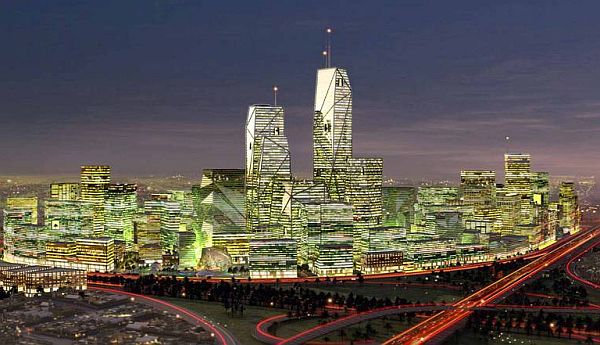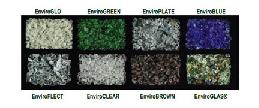
Saudi Arabia is to put up a sustainable financial hub in its capital city Riyadh, the King Abdullah Financial District (KAFD). Henning Larsen Architects (HLA) has prepared the master plan for what should be a project that combines both the local traditions and the advanced sustainable building concept. In fact, HLA won the international competition seeking a master plan for the country’s iconic financial hub project in its capital city.
Saudi’s requirement in the competition was a center that should concord with the Arabian landscape and the environmental sustainability as well. HLA designers developed the master plan in accordance with the country’s brief. The outcome is to bring to reality a great financial hub with several eco-friendly features.
The plan for the King Abdullah Financial District project is combined in interpretation of a Wadi, which will serve as an open walkway. It will link together 3,300,000 sq m of financial firms, residential areas, retail stores, sports facilities, cultural hubs, and several other facilities. Advanced technologies will be used to reduce temperature inside the hub. Water features of the Wadi will help bring down temperature by almost 6-8 degrees.
Of course, it will be the major cooling option. Various transportation facilities like a monorail network will be erected inside the financial center. Pedestrian skywalks will help people walk between various districts. Solar panels will power most of the activities in the hub. There will be several projects to harness the country’s solar capacity in KAFD. Special facilities will be there to control vehicular and other pollution. In short, the entire financial hub will be based on sustainable and eco-friendly technologies.
Movable awnings and canopies will ensure protection of ultraviolet and solar heat from the hub. This way, people can stay away from the hazards of massive Arabian heat. Excellent facilities for less power consumption like green roofs will be some other attractions of the hub. A special attempt is planned by HLA to cut the energy use by 50 percent from the average usage of energy in the Riyadh city.




